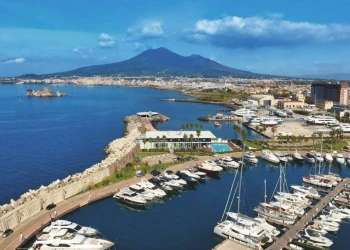
U.S. Tariffs: scenarios for the European and Italian Boating Industry
U.S. Tariffs: scenarios for the european and italian boating industry
After the post-COVID boom years, it's time for the boating industry to assess its health. The escalation of trade tensions between the United States and Europe brings the issue of tariffs back into the spotlight.
Following the imposition of tariffs on imported steel and aluminum from Europe by U.S. President Donald Trump, which took effect on March 12, 2025, the European Union planned to reintroduce countermeasures previously adopted in 2018, as outlined in Implementing Regulation 886. These measures include tariffs on U.S. recreational boats and were initially scheduled for April 1, 2025. However, their implementation has been postponed to mid-April to allow for further negotiations with the U.S. administration. Discussions are ongoing not only across the Atlantic but also within Europe, where member states hold differing positions.
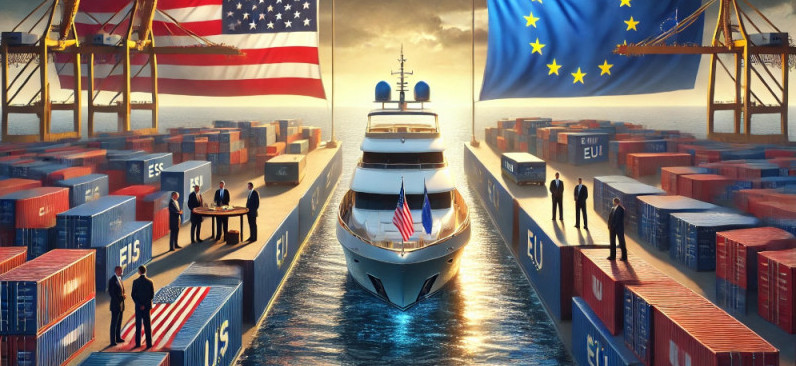
The Italian Government's Position
Prime Minister Giorgia Meloni has emphasized the need to avoid a trade war that could harm both economies. During her address to the Senate last week, she stated, "Trade wars benefit no one and must be avoided at all costs." She also urged against resorting to what she termed "retaliations," advocating instead for diplomatic solutions to protect both the Italian and European economies.
Meloni highlighted the importance of maintaining strong ties with both the United States and the EU, striving for a balance between transatlantic relations and European unity—a balance that currently seems challenging. This strategy is further complicated by differing views within Italy's ruling coalition on trade policies, as well as issues such as the conflict in Ukraine and relations with the U.S. administration and Russia. The opposition parties are also notably fragmented.

Positions of Other European States
Reactions among other EU member states vary, but there is a common stance of firmness against U.S. tariffs. The European Commission has decided to delay the activation of countermeasures until mid-April to allow room for negotiations with the U.S. administration. This decision reflects a desire to avoid escalating trade tensions while remaining ready to defend European interests.
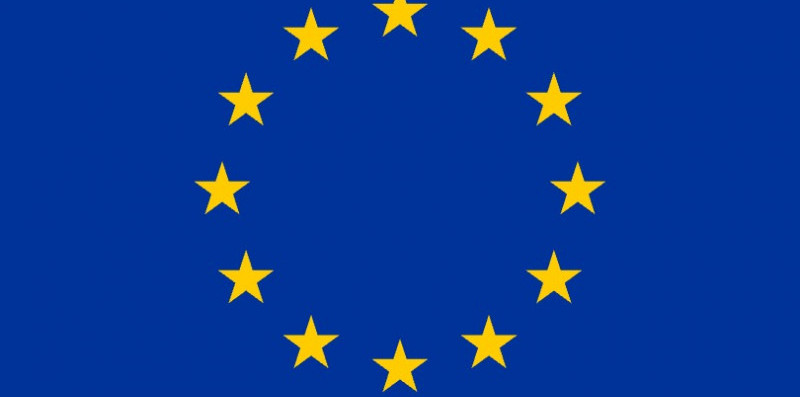
Ursula von der Leyen's Position
European Commission President Ursula von der Leyen has expressed regret over the U.S. decision to impose tariffs on European steel and aluminum, calling them "unjustified." She emphasized that such measures harm both businesses and consumers and reiterated the EU's intention to adopt "firm and proportionate" countermeasures to defend European economic interests.
Italy, along with other EU member states, is seeking to manage the situation through dialogue and diplomacy, aiming to avoid a trade war that could have negative repercussions on both sides of the Atlantic. Unlike in 2018, when concerns were limited, today there is open talk of a trade war, with European politics on high alert.
The Importance of the U.S. Market for the European and Italian Boating Industry
According to the latest data from the National Marine Manufacturers Association (NMMA), there are currently approximately 12 million registered recreational boats in the United States, including motorboats, sailboats, and other types such as canoes and kayaks. In the past year, about 300,000 new recreational units were sold in the U.S., with motorboats accounting for approximately 95%, sailboats 2%, and other types, including kayaks, making up the remaining 3%.
Recent data from Confindustria Nautica indicates that the European boating industry considers the United States its primary export market. In 2024, exports of recreational units to the U.S. reached €1.4 billion, with Italy holding a 40% share, followed by Poland, France, the Netherlands, Germany, and Finland.
Conversely, European imports from the U.S. increased from €140 million in 2023 to approximately €200 million in 2024, highlighting both the interconnection and the clear imbalance between the two markets.
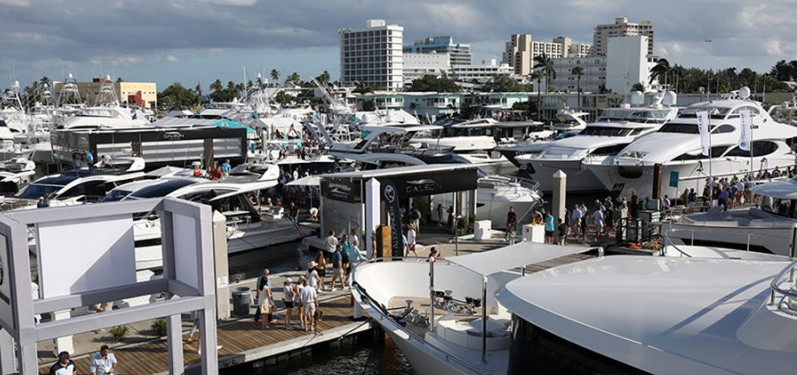
If the EU were to reintroduce tariffs on American boats in mid-April, as it did in 2018, the effects would be devastating. A 25% increase on the list price would effectively price U.S. products out of the market, potentially reducing the aforementioned €200 million to mere scraps, if that.
European Tariffs Could Eclipse Made-in-USA Boats
The real issue for the Old Continent, given the number of companies involved and the economic stakes, would arise if Trump, in response to European tariffs, decided to apply "retaliation" on European boats. The extent of such measures is currently difficult to determine, but we can expect the U.S. president to soon articulate the potential consequences. It's worth noting that Trump, after calling the European Union "one of the most hostile and abusive taxing and tariffing authorities in the world," stated that if the EU introduces the planned 50% tariff on whiskey, the U.S. will impose 200% tariffs on all wines, champagnes, and other alcoholic products from France and other EU countries. While these may be mere skirmishes, they certainly underscore the ongoing tug-of-war.
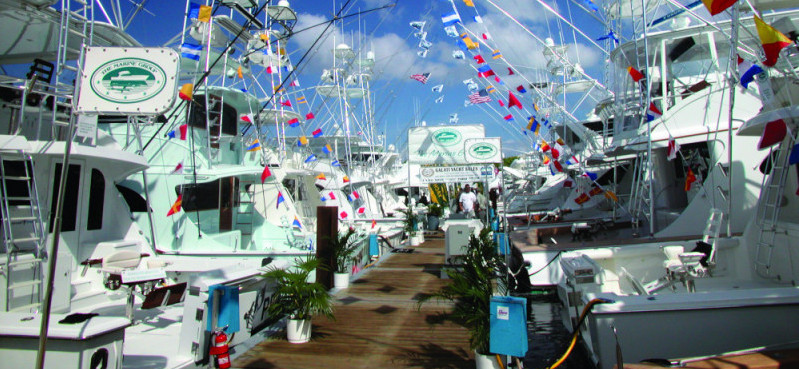
The prospect of tariffs on Made-in-Europe boats is causing anxiety in Italy. However, upon reflection, we might be slightly less concerned, given that a significant portion of our revenue in the U.S. comes from superyachts. In this segment, recreational vessels are often registered under flags that are rarely national, opting instead for British Overseas Territories and Crown Dependencies that offer favorable conditions for owners—such as tax advantages, regulatory requirements, and the prestige associated with the flag itself—like the so-called "Red Ensign Group": Cayman Islands, Malta, Isle of Man, Marshall Islands, etc. In such cases, penalizing our boats becomes challenging.
For all other imports registered in the U.S., however, a proverbial sword of Damocles hangs overhead.
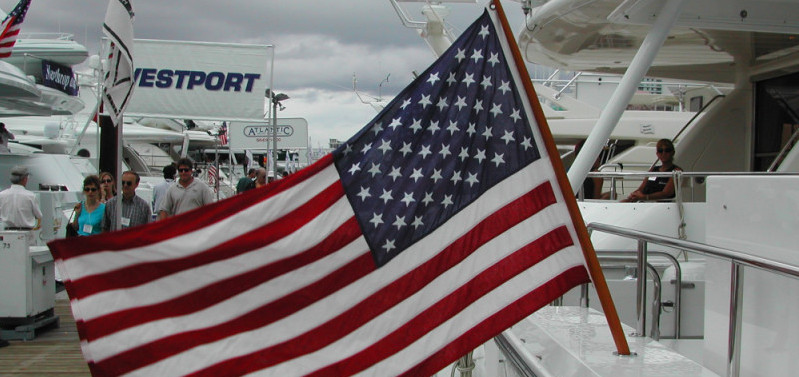
Beyond Tariffs: The Euro/Dollar Exchange Rate
We must also consider the effects that the trade policies introduced by the Trump administration are currently having on currencies. Since President Trump's re-election on January 20, 2025, the euro/dollar exchange rate has shown a trend of euro appreciation against the dollar. On January 20, 2025, the euro was trading at approximately $1.0274, marking a 1.19% increase from the previous day. By March 19, 2025, the exchange rate had risen to $1.0897 per euro. According to UBS Global Wealth Management, the euro could strengthen further, gradually reaching 1.12 by December 2025. In short, for Americans, buying a Made-in-Europe boat could become increasingly less advantageous, regardless of tariffs.
©PressMare - All rights reserved



